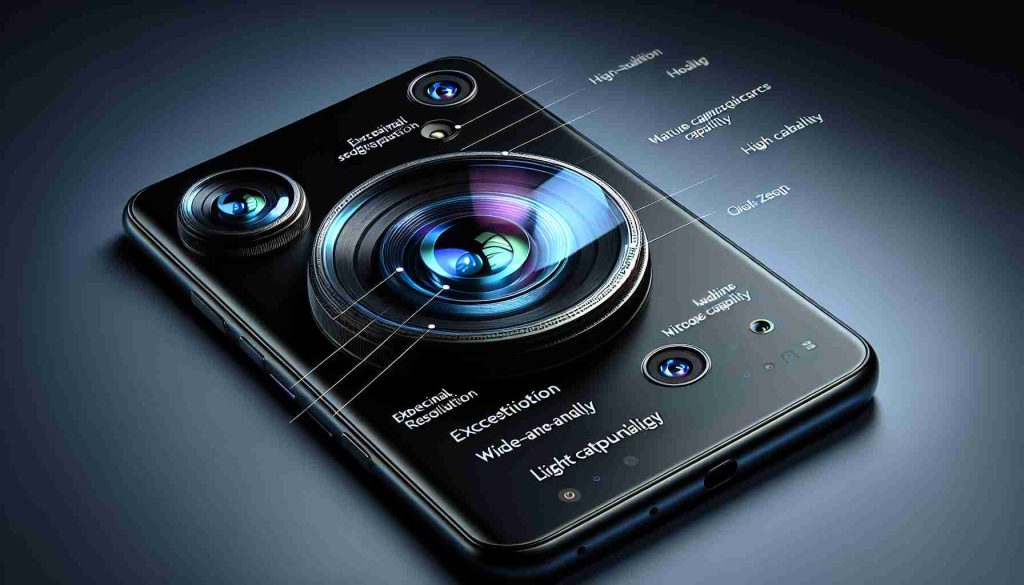Apple enthusiasts eagerly anticipated the release of the iPhone 16, particularly due to its promised artificial intelligence capabilities. However, the launch fell short of expectations, with key AI features like customizable Emoji banners and message summarization missing from the debut. Reports indicate that a complete version of these AI functionalities won’t be available in several major markets, including China, Japan, France, and Spain, until 2025.
This scenario marks an unusual phase for Apple, highlighting a disconnect between their promotional strategies and the actual product rollout. Consumers are left uncertain about the timeline for the complete AI features on the iPhone 16. Although Apple’s Vice President Craig Federighi mentioned that an initial trial version would be available next month, he did not clarify when more features will follow. He noted that AI functionalities will take longer to roll out for languages that are complex to translate.
Despite these setbacks, Apple remains optimistic about the iPhone 16 boosting their market share, especially in China. The irony lies in the fact that even after overcoming language barriers, Apple must still navigate regulatory approvals in China, where ChatGPT, the integrated application, is currently banned.
Yet, Apple is preparing to produce between 88 to 90 million units of the iPhone 16, exceeding last year’s figures, as they aim to reclaim their standing amid fierce competition from local brands like Huawei. Such aspirations come in light of recent data indicating a decline in iPhone sales in the region, underscoring the challenges Apple faces on multiple fronts.
Apple’s iPhone 16 Faces AI Feature Shortcomings: Unpacking the Challenges Ahead
With the release of the iPhone 16, Apple aimed to redefine user experience with enhanced artificial intelligence features. However, the initial rollout has exposed significant shortcomings, sparking conversations around the viability of these promised features and what lies ahead for the tech giant.
What are the key unanswered questions about the iPhone 16’s AI capabilities?
1. When will the promised AI features be available?
The timeline for the rollout of AI features is vague, with expectations pushed back to 2025 for many international markets.
2. How will Apple address the missing functionalities?
Apple’s response is crucial; consumers are eager for an official timeline and reassurance regarding the completion of these features.
3. What challenges do language discrepancies present?
The complexity of translating languages plays a significant role in the deployment of AI features, leading to concerns about whether features will truly be available in all markets by the proposed dates.
What are the primary challenges associated with the iPhone 16’s AI functionalities?
– Regulatory Hurdles: In key markets, particularly China, stringent regulations impact the integration of AI technologies such as ChatGPT, limiting usability.
– Technical Performance: Many users are skeptical about how well Apple’s AI will function compared to competitors such as Google and Samsung, who have been more successful in implementing AI features across multiple languages and regions.
– Consumer Expectations: High expectations set by Apple’s marketing could lead to dissatisfaction among users who feel let down by the missing features and protracted timelines.
What are the advantages and disadvantages of the iPhone 16’s AI features?
Advantages:
– Enhanced User Experience: When fully implemented, AI features like customizable Emoji banners and message summarization could significantly enhance the way users interact with their devices.
– Competitive Edge: Successfully deploying these features might allow Apple to regain a competitive edge over rivals who already have AI capabilities.
Disadvantages:
– Delayed Rollouts: The postponement of feature launches could cause consumer frustration and skepticism regarding Apple’s commitment to innovation.
– Misalignment with Consumer Needs: If the features primarily cater to markets that Apple is unable to penetrate, the investment in this technology may not yield the expected returns.
The Path Forward for Apple
Navigating through these challenges will be critical for Apple as they attempt to reclaim lost market share in the face of local competition, particularly in China, where Huawei continues to gain ground. Key questions regarding the effectiveness and availability of the iPhone 16’s AI capabilities remain unanswered, leaving consumers and analysts alike apprehensive about the future of Apple’s AI ambitions.
To explore more about Apple and its product innovations, visit Apple’s official website.























